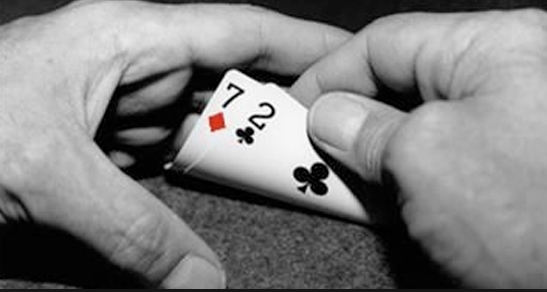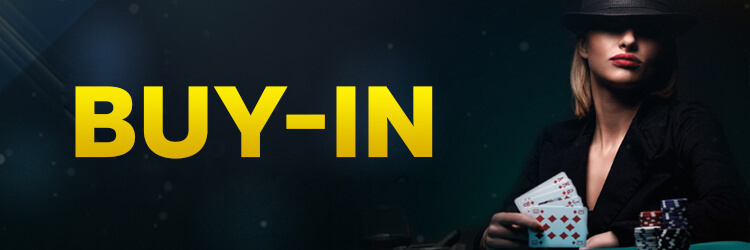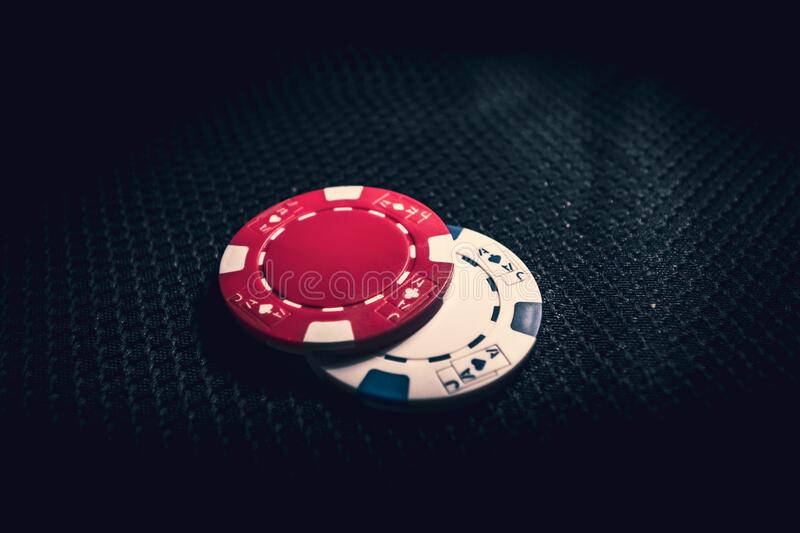Today we will introduce some strategic tips that beginner online micro and small-stakes cash game players might want to implement in order to increase their winrates.
First, let’s clarify your winrate and how you can measure it. Most poker tracking software allows you to follow up on all kinds of statistics about your game (and everyone else’s at the table). One is ‘winrate’, which is measured by bb/100 in cash games. I.e., the average amount of big blinds you win during 100 hands.
Also, you can sort out your winrate by two factors:
- bb/100 – the actual amount of big blinds you won on average by every 100 hands you’ve played
- evbb/100 – the expected value in big blinds/100 hands (how much you should win according to your hand’s winning percentage at the moment of the last betting round).
1. Balance your life more than your ranges
Believe it or not, balancing your ranges on micro/small stakes is less important than in an environment of fully experienced, crafty opponents. In smaller stakes, you should focus on playing solid poker. Well-built-up strategies and theoretically optimal plays will earn money for you. But not as much if you could use your opponents’ weaknesses and turn against them. Are they too passive? Put them into tough spots. Some of them are too aggressive? Trap them more often and try to stay more unpredictable. I don’t advocate coming up with out-of-line plays. Fundamentals are essential, but it’s more important to find how your opponents deviate from the optimal and turn their strategy against them.
Where you should focus your energies on balancing is your daily life routine. Ask any professional poker player. They’d agree that you can do at least as much for your winrate outside the tables.
These tips work outside of the poker world as well. First of all: have a plan. Then break it into little chunks as you convert them into a daily routine. This can be poker-related, including how many hands you want to play in a year/month/day, how much time this will cost you, what else you need to do to develop your game, etc. Always choose your goals wisely. Only plan something that you have control over. The “I want to have 10bb/100 over the next 100.000 hands”, “I want to be a winning player on NL50” and “I want to move up from NL10 to NL200 in three months” are just clearly poor plans. Why? Because you don’t have the power to control such things, these are very vague statements. You might achieve them, but there is variance, certain factors influence the outcome, you probably overestimate your abilities, and so on. If you name goals that are out of your control, you will fail eventually. Try to avoid them. Instead, keep in charge and focus on things that depend on you and can be measured.
Your daily routine contains not only poker-related plans and acts. It’s a good idea to have a system where you sleep and eat well. Do some physical activity, at least an hour per day. Your body will be grateful to wake up each day around the same time and eat healthy and nutritious food whenever you can. Simply you’ll be more relaxed and more in control, which will be reflected at the poker tables as well. In such a monotone and stressed environment what poker offers, being balanced in your daily life is golden.
2. Table select
Have you heard the catchy phrase from the movie’ Rounders’: “If you can’t spot the sucker in your first half hour at the table, then you ARE the sucker.”?

Don’t be that guy. Especially not in online poker, where you might play hundreds of precious hands in half an hour.
Try to find players who are clearly worse than you. Good signs are if someone is not sitting with a full stack at the table or playing way too many hands. If you can sit next to them on their left, even better. Keep in mind; the more hands in position, the less difficult decisions for you.
3. Warm up-cool down
Have you ever experienced the following? You start your session, already opened four tables. Suddenly you are in the middle of the action. On Table 1 you’re already facing a 3bet on the CO against the BB with ATo, but you don’t have time to think through if this hand you want to defend, nor to check stats from the 3bettor, because on Table 2 you are on the turn BvB, after c-betting your entire range on the flop (K72r). So what should you do on the turn which brings the 7 of spades, and you are holding K9o. Suddenly an annoying alarm from table 3. Should you open A9o from the HJ? And so on… Familiar?
Then fear not. Just warm up as you would do before any sport activity. Each player has a different routine, but a 10-30 minutes warm-up cannot hurt. Check out poker-related materials but more importantly, take action and make your brain work. Check out your marked hands from the other day, or think through some spots. What are your options, and how would you respond to certain situations?
Do you feel stressed all day because a poker session went wrong? In general, do you feel frustrated most of the time? You might want to introduce some cool-down to your routine. After your session, take a break, drink some water and get back to your biggest/most challenging hands. What could you do differently? Ask friends or post your questions on forums. I’m sure it will help to ease your mind.
Okay, but what is the conclusion? What is a good winrate?
Frankly, it’s pretty relative. Anything above 0 could be good news since it means you are a winning player. Careful though with the numbers – as always in poker – the bigger your sample, the better. Your results are closer to reality if you have the same winrate on a significant sample, tens of thousands or even hundreds of thousands of hands. Yeah, variance is a *itch, but it’s a topic for another day.
- Thus let’s say you’re a 0-3bb/100 winner on a large sample. It means you are a moderate winning player who could experience some serious swings in the game, but at the end of the day (or better said, at the end of the month), you can cash out some real money.
- Between 3-7bb/100, you are truly mastering the tables. You control most of the situations you face. At the end of the month, you almost always cash out a considerable amount of winning. Fewer swings, more certainty of winning at the end.
- Above 7bb/100, there is little to say, you are probably one the best in your limit, and you should consider moving up on stakes. Of course, in addition to maintaining safe and sound bankroll management.
In such a competitive environment, you must do everything possible to add to your winrate. Every little aspect counts. Why wouldn’t you start with something so simple as to be prepared and balanced before even playing your first hand?
I hope you find some things to take with you Good luck at the tables!



